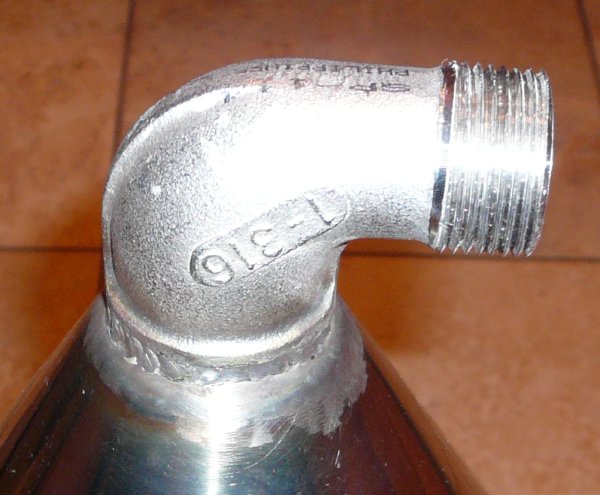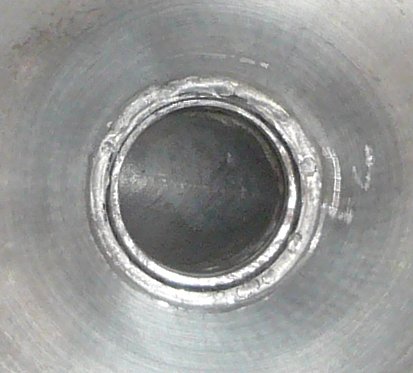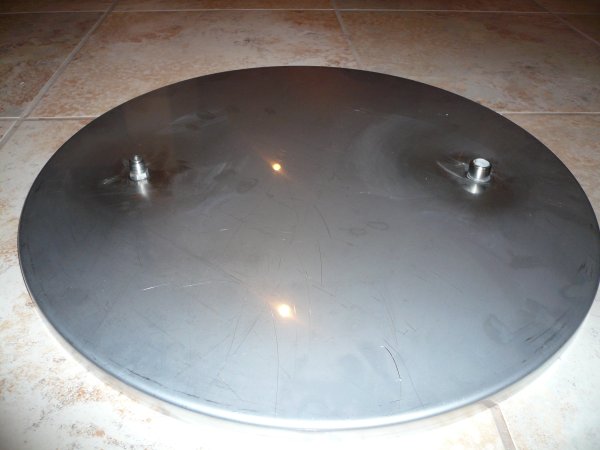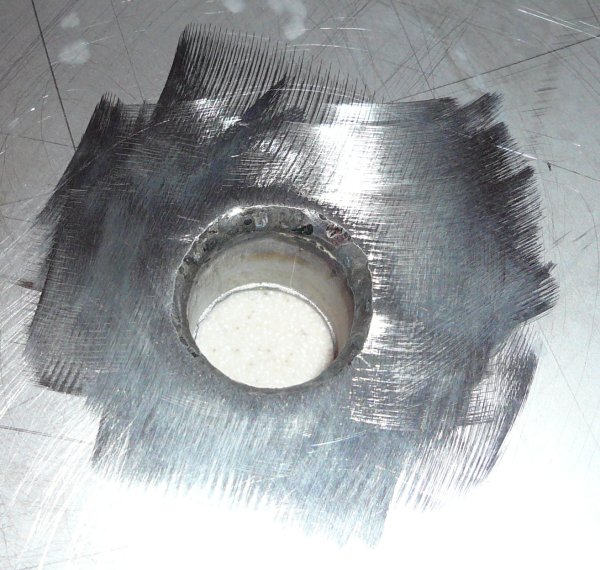No problems at all so far! I love it for sampling - no mess, easy to get just the right amount for a gravity reading. I'm about to use it to keg the batch I brewed last week. Yup, I know, green beer. But I have nothing on tap.Todd said:That is odd, when I was trying to search it kept bringing back no results, now this morning is works. Oh well, maybe they had a server problem.
Thanks.
did you have any problems with leaks or anything with it?
EDIT: Just finished kegging - I only kegged 5 gallons, the rest is still in the fermenter. I force carbonated it, and it's clear and tastes pretty good already!









